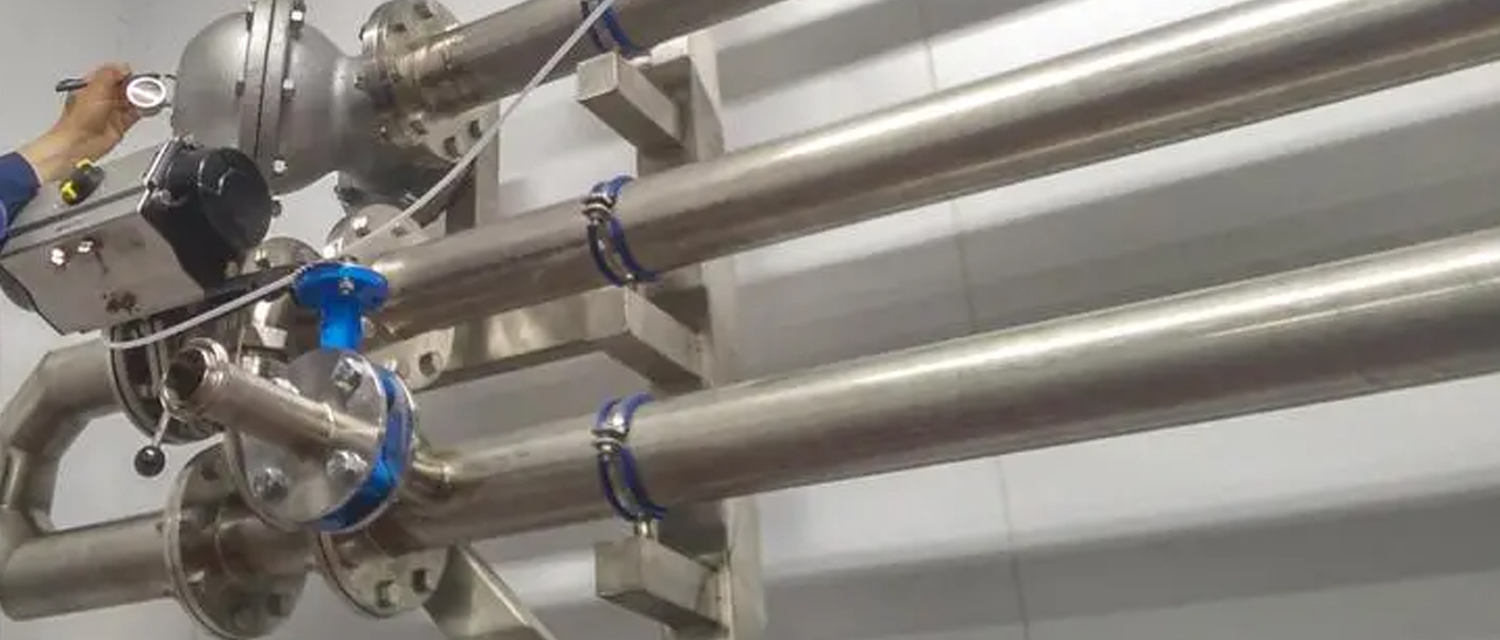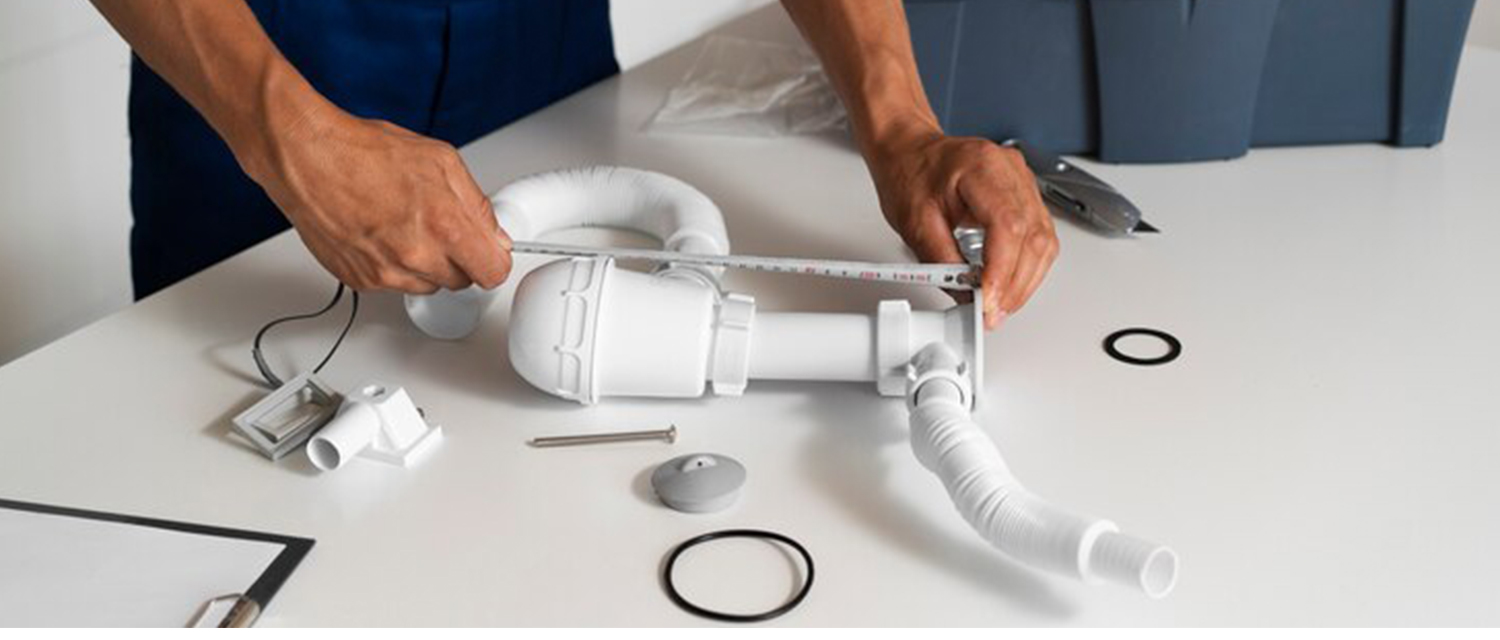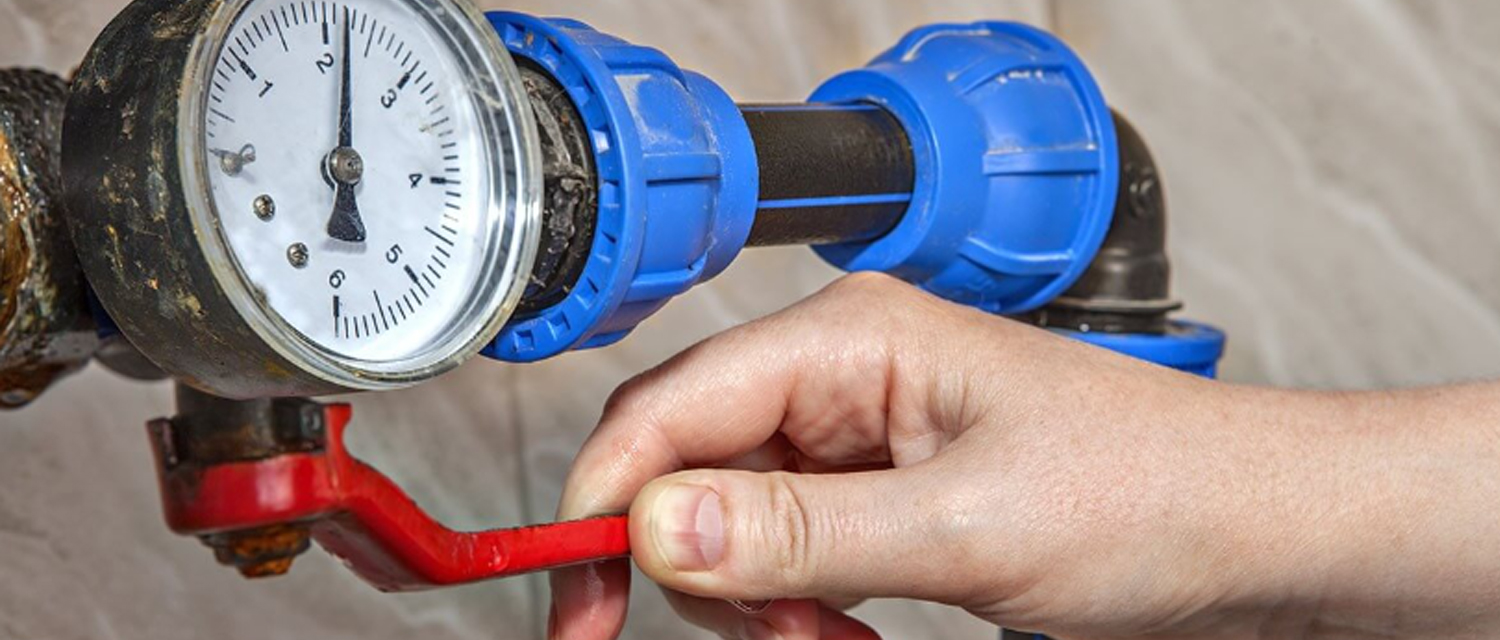Street and stormwater drainage systems provide vital services for keeping our streets, homes and communities protected against the worst of the wet weather. Among all types of constructions used to control runoff water, stormwater pits are one of the most successful and widely applied. It can sound like a daunting task to undertake a stormwater pit but is one of the simplest procedures if well executed can help in draining excess water effectively to help prevent flooding occurrences.
In this blog post, we’re going to walk you through the process of how to install a stormwater pit, as well as other crucial information you’ll need regarding the purpose of such a pit, legal requirements regarding the installation of the pit as well as how the installation process is undertaken.
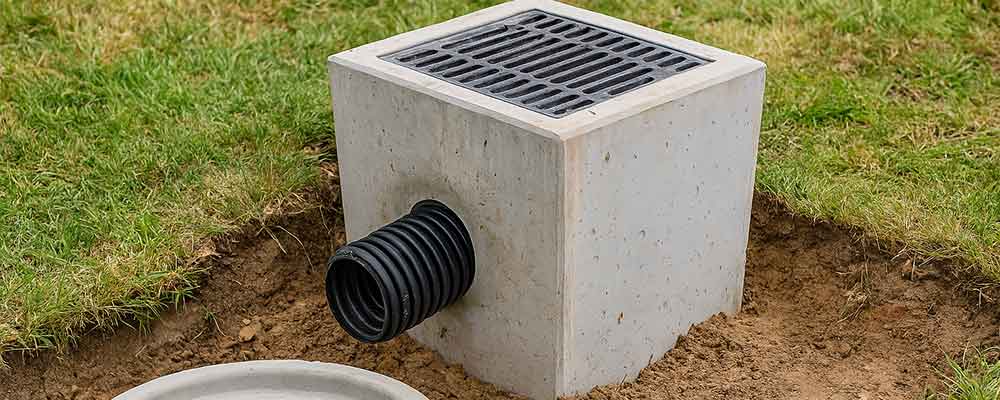
Understanding Stormwater Pits and Drains
To proceed with the installation process, it will be helpful and necessary to understand what a stormwater pit is and how it functions.
What Is a Stormwater Pit?
A stormwater pit is thus a system that has been designed with the main role of capturing stormwater and conveying it to a designated drainage system. Stormwater pits are normally placed in the ground and they receive water that has formed on roads, driveways as well as other hard surfaces. They assist in directing the water into the stormwater royals where there it safely transports it away from estates or business premises.
Usually, stormwater pits are also of different sizes based on the area of coverage with concrete and the amount of water expected in the pits at any one time. Some of the stormwater pits are of small size and are used for housing estates while others are larger to contain the stormwater supplements from a number of buildings within neighbourhoods or business districts.
What Is the Role of Stormwater Drains?
A stormwater drainage system is incomplete without the stormwater drains. They are conduits that are intended to convey or direct stormwater from the pit to a drain or a river, lake or stormwater retention pond. These drains play various roles of mitigating or assisting in controlling water in places that can cause local inundation, or cause soil erosion or even destruction of structures.
Setting Up a Stormwater Pit and Drainage System
Stormwater pits and proper drain installation involve a lot of planning, utmost care in installing, and, possibly, extensive knowledge of local laws. This is a cumulative process, which entails evaluating the site to selecting and placing the right kind of materials.
Step 1: Site Assessment
As a precursor to the construction of your stormwater pit, there must be a site survey conducted. This covers an assessment of the property to establish where the pit should be made, the rate of water flow and how to ensure that underground utilities such as gas or electrical are not distorted.
- Identify runoff areas: Seek out those places where water from rain is collected naturally. This will assist you place the stormwater pit in an appropriate place that would ensure it effectively captures the water runoff.
- Consider soil conditions: Depending on the type of soil in your region, will determine how well it will drain water. Sandy or the loose aggregate soil type quickly takes the infiltrating water as compared to clay or compacted type of subsoil.
- Check for regulatory constraints: Always ensure that you know well the local laws and zoning laws in relation to the management of stormwater.
Step 2: Plan the Drainage System
Once the location of the stormwater pit has been determined, the next thing is to lay out the entire drainage network.
This plan should include:
- Pit Size: The cross-sectional size of the stormwater pit should be generated from the expected volume of water that will need to be accommodated. Housing development may be creating a small residential system may call for a simple small pit while a commercial complex will represent a large system.
- Drainage Lines: Outline where the stormwater drains will flow in order the flow from the pit to where they were intended. This is done by finding the gradient of the land and directions which guide water towards the pit.
- Overflow Mechanism: A proper design of a stormwater system should comprise a provision for handling cases of water surges during instances of flooding.
Step 3: Excavation
The following procedure is to prepare the ground for the pit in which the stormwater is to be collected from the rooftop. The depth and size of the excavation will depend on the system which has been planned by you. Installation requires attention to avoid impact on underground utilities and to be certain the system will fit correctly in place.
For deep pits, you will need heavy working equipment like excavators or backhoes for the pits. He added that for the small residential pits, the operator could use only a shovel or mini-excavator. There must be assurance that the excavation will be to the right depth as well as the pit must be level.
Step 4: Install the Pit
Perhaps the stormwater pit could be formed after the excavation is done maybe during the construction of the pit. The majority of stormwater pits are constructed from concrete, plastic or other more resistant materials required to hold or transport water. The pit should be situated according to the point of lowest elevation in the excavated area for water harvesting.
- Place the pit: Be very careful in the process of positioning the stormwater pit in the hole.
- Secure the pit: Confirm that the pit is properly positioned and well levelled. It may also be necessary to fill the vertical sides of the pit with gravel in order to retain the material within.
- Connect drainage pipes: Lay the pipes for the drainages that will be taken from the stormwater pit to the drainage system installed. Regarding the pipes, they should be installed with a gradient so that water may freely flow toward a particular area.
Step 5: Backfill and Test
Once the pit and drainage pipes have been well installed, then the excavation site should be refilled with soil, gravel and or any relevant materials. Pay specific attention to the fact that the backfill settles over time and make sure it is compacted. When backfilling is completed, then turn on the pipe to run water through the stormwater pit to check if the system is functioning properly or not.
Who Can Install a Stormwater Pit?
Getting a stormwater pit should not be an easy task, especially when it comes to large-scale systems or complicated premises. These residential pits can, however, be installed by the homeowner provided that the homeowner hires professionals so that the job can be well done and with adherence to the set code of regulation.
- Licensed Plumbers: In most places, the laying down of the stormwater system is done by a licensed plumber who understands drainage and stormwater systems. A licensed plumber will understand the provisions regulating water systems in your state, and therefore, they will install it correctly.
- Drainage Specialists: Some companies focus on drainage systems and control of stormwater. Consulting a drainage expert would ensure that your stormwater pit is provided and laid to cater for the intensity of water that it will be subjected to.
- Council Approval: In some jurisdictions, it will be necessary to obtain a permit from your municipal council before putting up a stormwater pit. This means it is necessary to involve qualified personnel who understand rules relevant to this region and compliance with all the legislation.
How can You Install a Stormwater Pit?
Putting up a stormwater pit involves some key procedures, which ought to be followed carefully. Let’s break it down:
- Choose the Right Location: Such aspects, as the degree of the slope, distance from existing drainage systems, and the potential for the formation of temporary pools, can be of great concern. There has to be easy access into the area and it should be located where water drains are naturally found.
- Excavate the Site: Excavate an area to size and dimensions necessary for the installation of the stormwater pit. The digging has to be sufficiently deep to allow for the pit and the unabated space for the drainage pipes.
- Install the Pit and Drainage Pipes: Place the stormwater pit at a lower level of the trench excavation. Make sure that the drainage pipes are placed with a little gradient towards the pit depending on the compound topography.
- Backfill the Site: Once the pit and the pipes are firmly fitted in place, cover up the excavation area with gravel, soil or any appropriate material to avoid the shifting of the pit.
- Test the System: Pour some water into the stormwater pit to ensure that the water drains well through the overall drainage system.
How Do Stormwater Pits Work?
Stormwater pits are structures that hold water runoff for a brief while and then drain the water safely through the use of drains to a water course or stormwater holding pond. In its simplest form, the primary responsibility of a stormwater pit is to hold water that flows over rooftops, roads, and driveways. This water is then channelled by drains or channels directly into this pit.
Stormwater pits are usually served by stormwater drains that lead the water to other parts of the structure where it is to be discharged. It can be discharged slowly or treated before being let into a water source in its surrounding region.
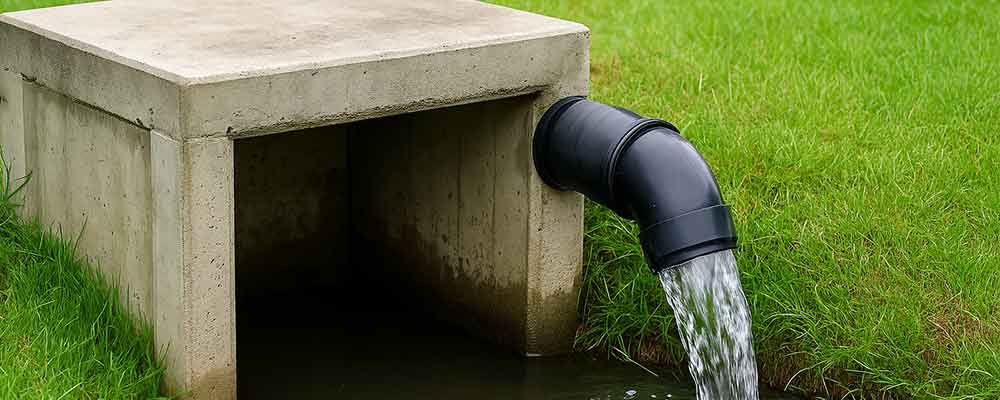
Do I Need Planning Permission for a Stormwater Pit?
In many places, you will need planning permission to place a stormwater pit installation. There may be state or local ordinances by a particular local council or municipality that you should take full advantage of before the installation. While stormwater system installation might not need permission, there might be other legal considerations that one is bound to, say the stormwater system should not affect other properties in a given neighbourhood.
- Consult with Local Authorities: In some areas, this system will require planning permission before the installation is conducted. Be sure to measure up to any zonal or environmental requirements that exist and which apply to your installation.
- Consider Flood Risk and Waterways: More than this, if you stay in flood-prone areas or near any natural water sources, more requirements are normally set by your local council to deal with the environmental impacts of these stormwaters.
Conclusion
Installing a stormwater pit is one of the most appropriate measures to control excess water in the event of a downpour. If you are in commercial real estate or managing a few properties, it is crucial to identify the different installation methods and legal contexts surrounding your HVAC system.
Always ensure that you give priority to these steps by consulting professionals where necessary, and ensure lots of awareness on the functions of your stormwater pit, which will go a long way in increasing the drainage systems of your compound, and therefore avoiding cases of water damages as well as flooding in your compound or your neighbour’s compound.









